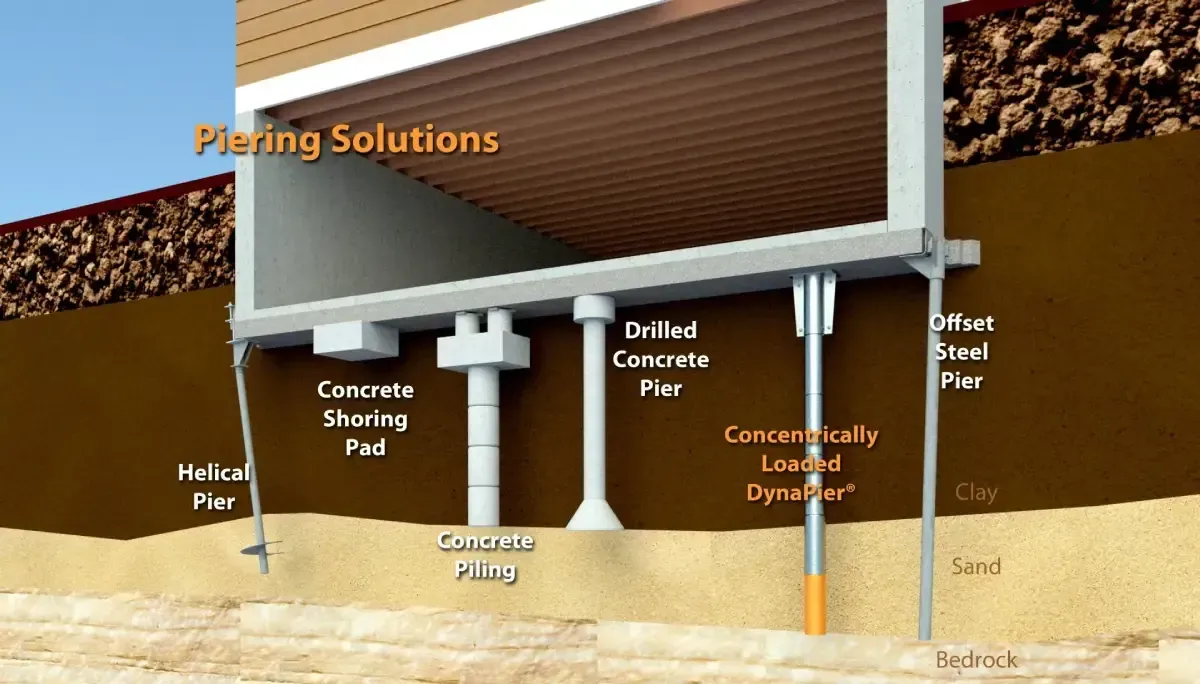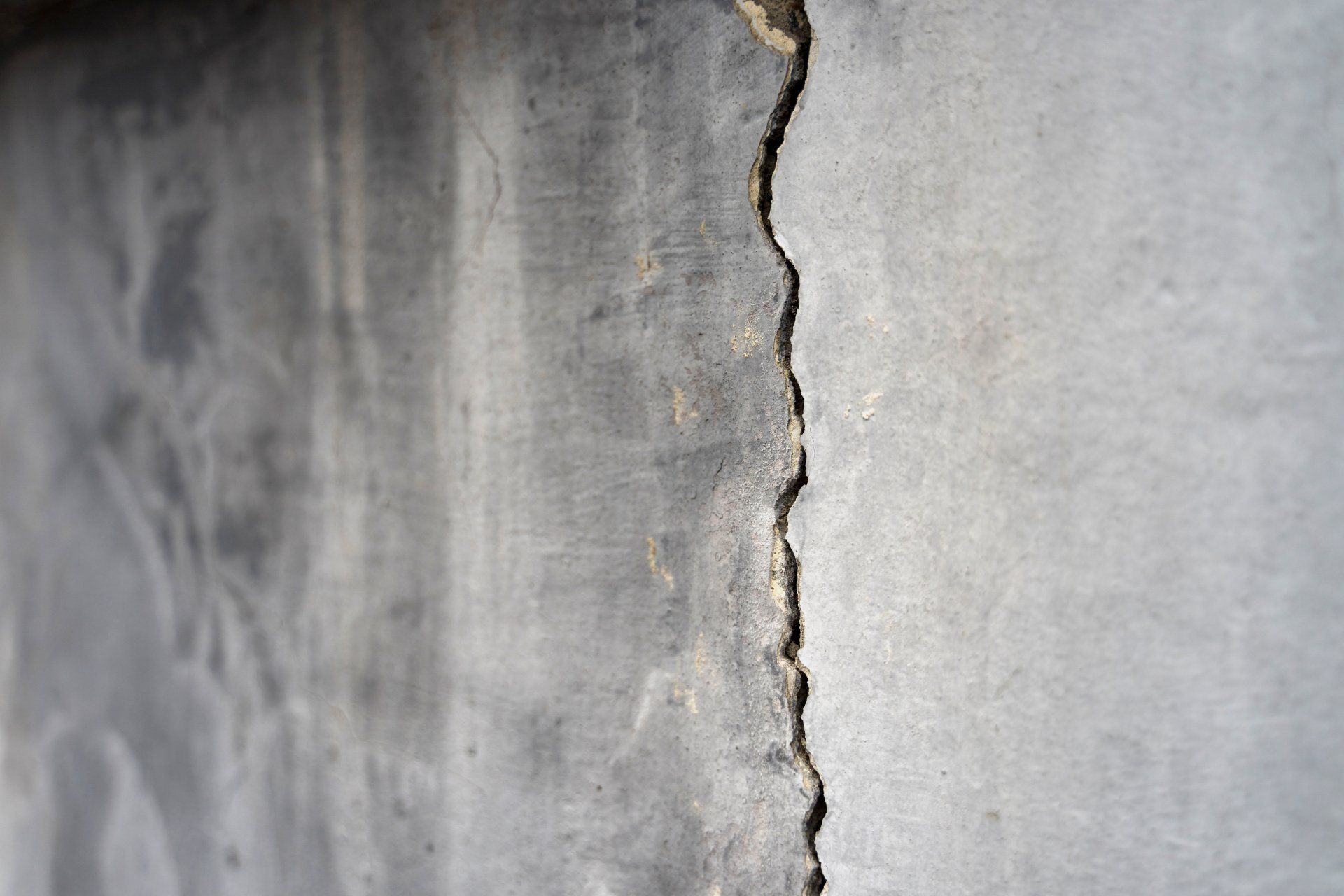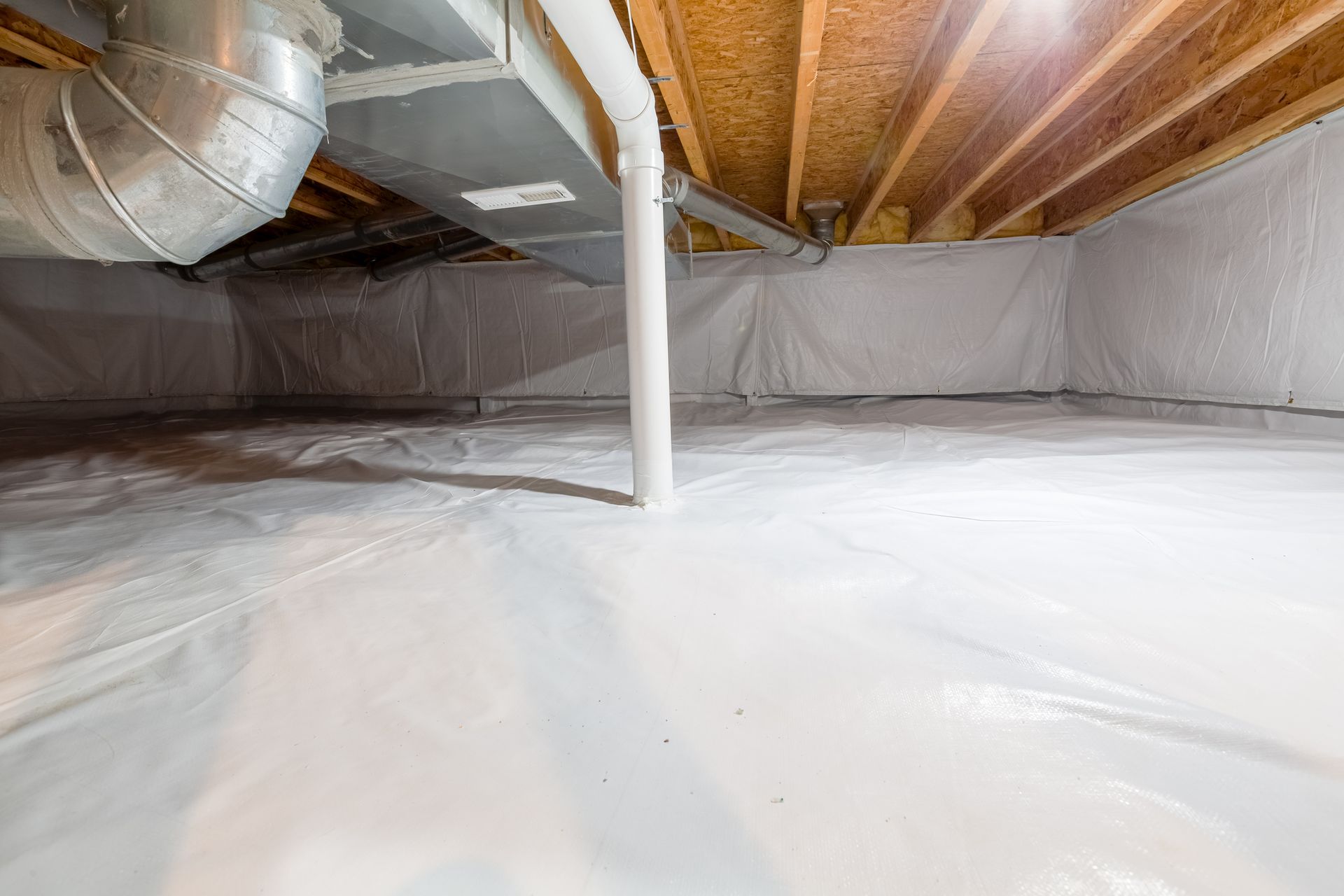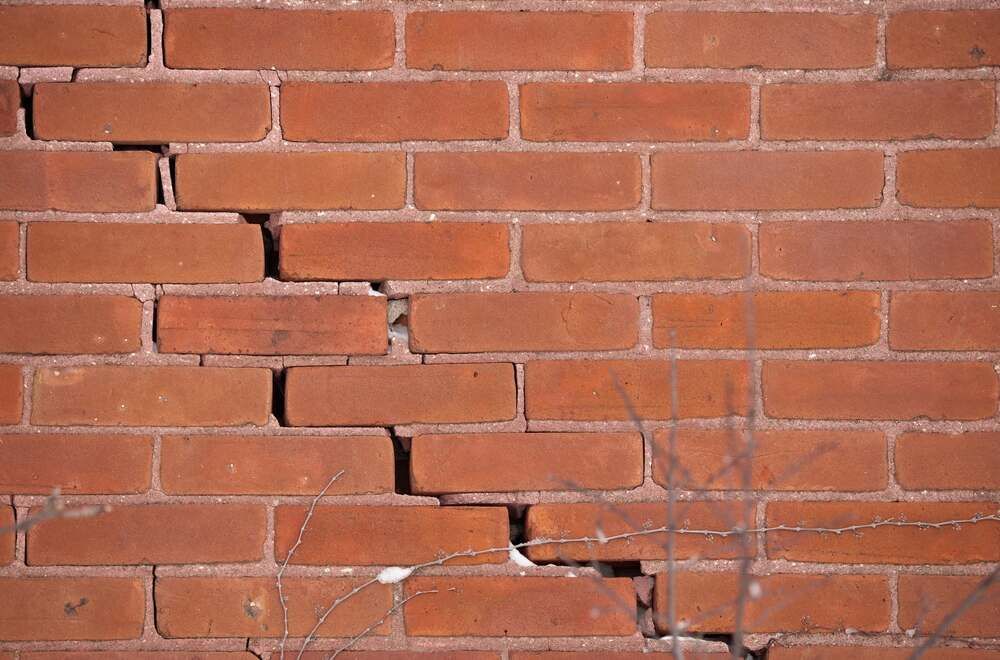Understanding Basement Water Problems and How to Fix Them
When your home is built, the foundation process sets the stage for everything else. Unfortunately, certain construction methods — and the natural behavior of soil — can create basement water problems over time. Let’s walk through what happens and how to fix it.
How Your Foundation is Built
It all starts with a big hole in the ground. The builder pours
footings at the bottom, then the
foundation walls, and finally the
slab on top of the footings.
This creates several points called
cold joints — where new concrete meets already hardened concrete. Wet concrete doesn’t bond to dry concrete, which means cold joints are prime spots for water to sneak in.
Modern homes often include a footing drain on the outside (and sometimes inside) to channel water to a sump pump or daylight drain. But if your home is 30+ years old, these drains may not exist.
The Problem Beneath Your Home
In areas like Kansas City, we have layers of clay soil that naturally carry water through underground strata. Before your house was built, groundwater simply flowed through these layers to a nearby creek, pond, or river.
When the soil around your foundation is excavated and then backfilled, it’s never as compact as the untouched soil farther out. Over time, the grade (slope) around your home can settle, creating negative grading that directs water toward — not away from — your basement.
Even with perfect grading, water will still travel through clay layers and collect around your foundation. This creates
hydrostatic pressure — the force of water pressing against your foundation walls and even pushing upward on your basement floor. This pressure causes cracks, heaving slabs, and leaks through those cold joints.
The Clay Factor: Expansion and Contraction
Clay soil is highly
expansive — it swells when wet and shrinks when dry. This expansion can push against basement walls, causing them to crack or bow inward. Once cracks form, water intrusion begins, and structural integrity can be compromised.
The Right Fix
To address the issue, there are two main options:
1. Install an Interior Drain System
Break up the floor inside, install a drain along the cold joints, and direct water to a sump pump. This stops water from pooling on your basement floor, and helps relieve outside soil pressure.
OR
2. Install an Exterior Footing Drain with Gravel Backfill
Excavate around the foundation, install a new drain under the footings leading to a sump pump, and backfill 80% of the trench with gravel.
Gravel doesn’t expand, so it eliminates soil pressure and gives water a place to go — reducing hydrostatic pressure dramatically. The final 20% of the trench is filled with soil to maintain proper grading.
Downspout Management
A huge water source is often overlooked — your roof. A 2,000 sq. ft. roof sheds over 1,100 gallons of water for every inch of rain. If that water drains right next to your foundation, it’s a recipe for trouble.
The solution:
Bury downspout extensions at least 15 feet away from your home, directing the water into undisturbed soil well beyond the excavation zone.
Final Takeaway
Basement water problems are not just about leaks — they’re about pressure. By controlling where water goes and eliminating expansive soil pressure, you can solve your basement water issues.
If you notice cracks, bowing walls, or unexplained puddles, it’s time to address the root cause — not just the symptoms.




